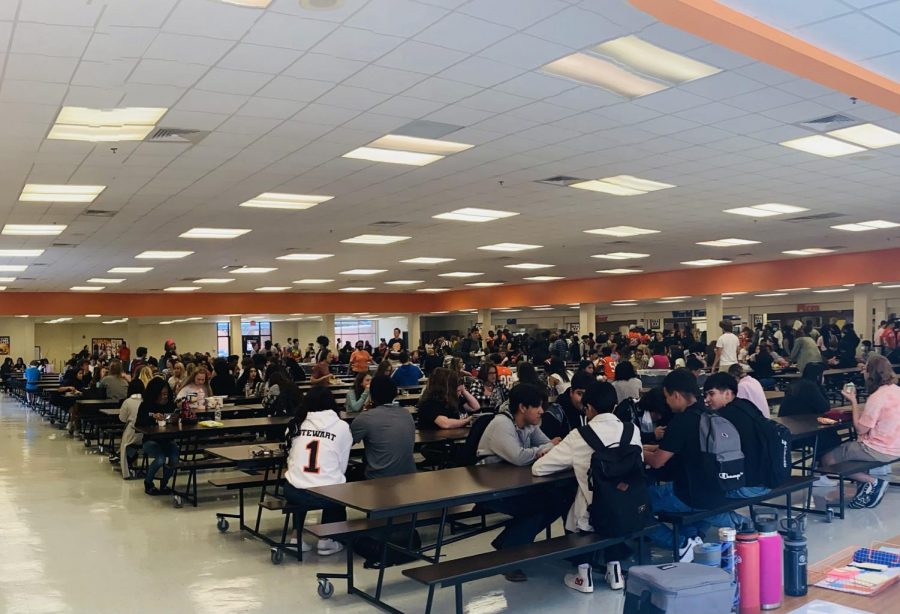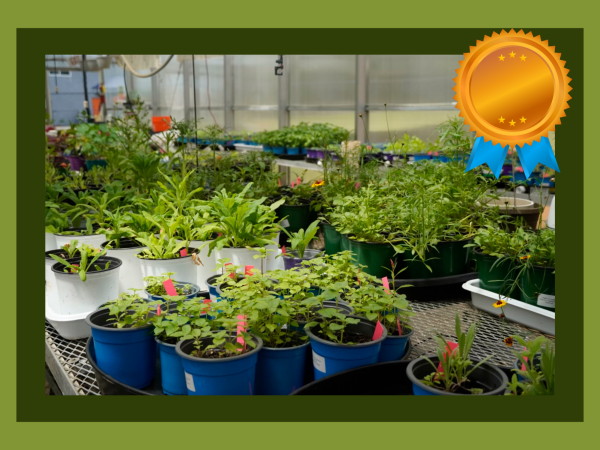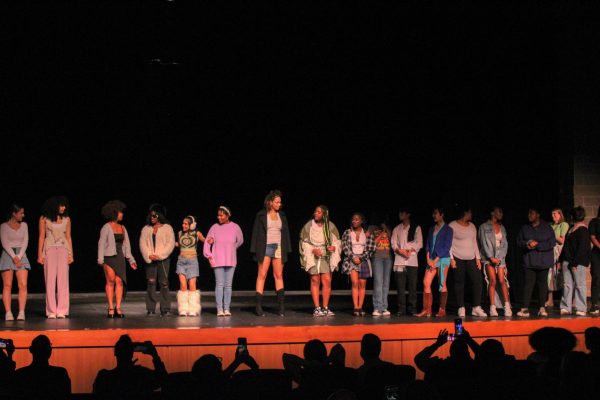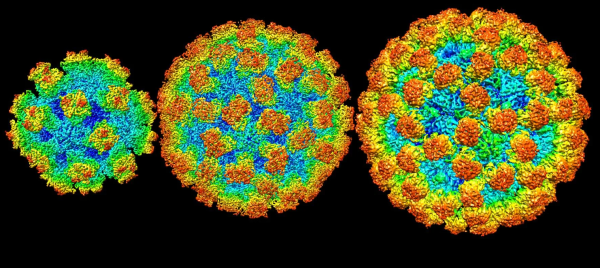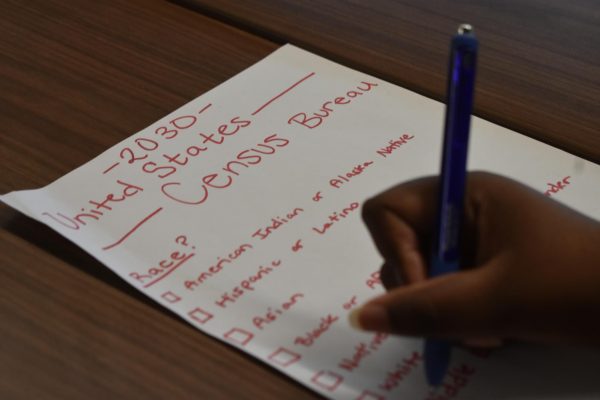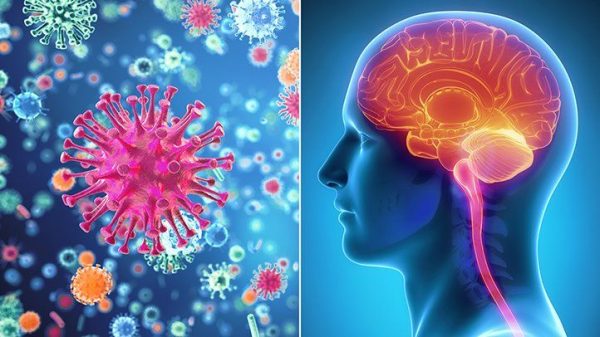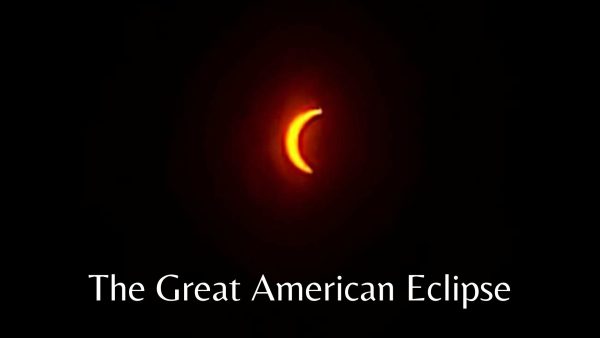NC’s cafeteria staff shortage
The majority of students took part in virtual schooling during the 2020-21 school year, leading to a significant number of cafeteria employees resigning from their jobs. Due to lack of staff, all students dine in the main cafeteria, where overcrowding appears severely present, stressing out multiple NC parents and students alike, from the lack of social distancing to certain students’ testimonies of not finishing lunch.
August 17, 2021
Between stimulus checks and extended unemployment benefits during the pandemic, a great number of Americans left their jobs for a more leisurely lifestyle. As a result, CCSD suffers a scarcity of employees in the cafeteria department across the county. Therefore, freshmen at NC eat in the main cafeteria instead of the freshman cafeteria. Consequently, overcrowding in the cafeteria occurs and a countless number of students stand in the lunch line for the entire lunch period.
Magnet coordinator James Auld stated that the county-wide shortage has led to a higher density of students in essential areas of the school, such as the cafeteria.
“During this pandemic, we would’ve rather operated our freshman cafeteria to help social distancing in the main cafeteria, which we instituted last semester with significantly lower numbers of students on campus. We are hopeful that by next semester, we’ll have the requisite staff to reopen it,” said Auld.
He implied that the school will kill two birds with one stone when the freshmen finally migrate back to their cafeteria. Students will practice social distancing more efficiently, while also combatting the long lunch lines. Because freshmen don’t have anything to compare their experience to, they believe that it’s a common occurrence. NC Freshman Laila Perkins, claims that the circumstances do not significantly affect them and don’t appear to notice a substantial difference.
“I don’t really notice that there are not enough [employees]. However, I do realize that there are really long lines, but it doesn’t negatively affect me” Perkins said.
However, current juniors, seniors, and a handful of sophomores think differently. It takes a toll on upperclassmen, considering the dynamics of the cafeteria runs completely different now than it used to two years ago. Junior magnet student Nathaniel Gilmore claims that he avoids dining in the cafeteria whenever he can due to overcrowding.
“I went to lunch for the first two days and it was very overcrowded and the lines were long, so I decided to go to the media center and have been doing it every day since then,” said Gilmore.
Cafeteria staff member, Martha Cothran, revealed that several students miss out on sitting down and eating lunch because they wait until the line is nonexistent to retrieve their food.
“I don’t feel overwhelmed because we’ve managed to get them out in a timely fashion. Now some children wait until the line is gone, then come up for their lunch; next thing you know, the bell rings” Cothran said.
In other words, the cafeteria staff simply comes to school every day and follows the same protocol they did before the COVID-19 pandemic. From these pieces of evidence, one can conclude that the shortage solely affects administration the most because they receive negative feedback from parents frequently and ensure that the cafeteria runs smoothly. Both the magnet coordinator and cafeteria administration remain hopeful as they work together to alleviate tension in the cafeteria.




